Jan 13, 2020 | wedding planning
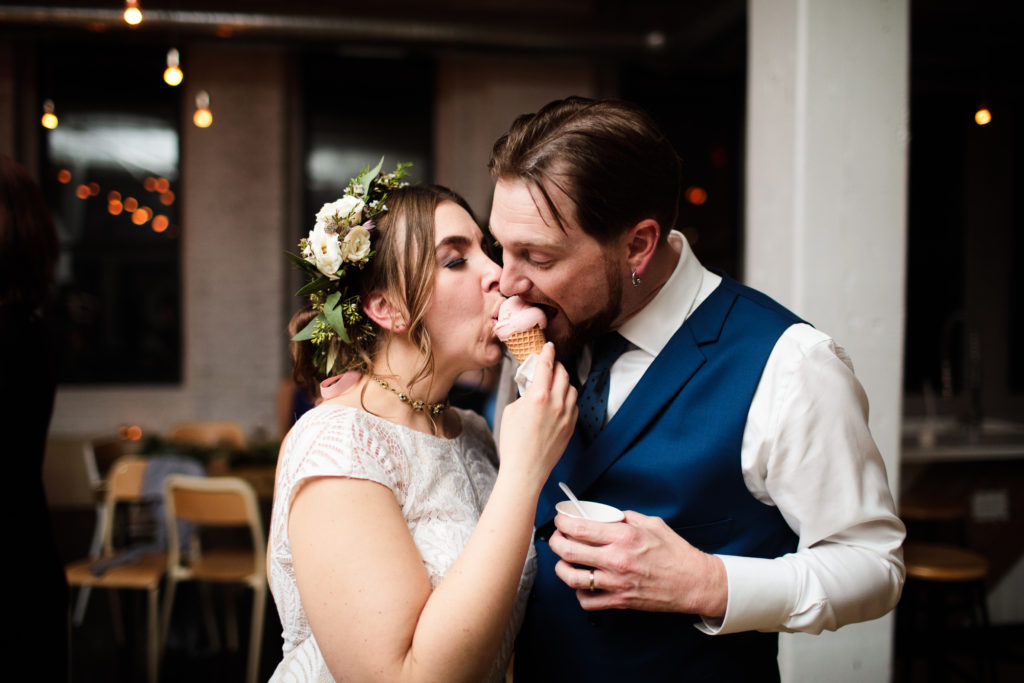
A match made in heaven! Photo by Azuree Wiitala, www.xoazuree.com.
I’m in the matchmaking business. No, I don’t mean finding marriage partners for my clients. They are on their own for that part! But once they hire me to help plan their wedding (or other event), then I often have to do some serious matchmaking–between them and the right vendors.
Every time I meet with one of my clients, not only am I paying attention to the specific problem or puzzle we are working on that day (budget, schedule, decor, whatever), but I am also listening to how they talk about themselves, each other, and their interests. These are all clues I can use to find the right people for them to work with.
Because having the right vendors for your wedding is the key to things turning out the way you want them to. If your florist doesn’t quite get your vision or you find your photographer abrasive, already things are not going the right way. There has to be good communication between client and vendor, and often that means having a similar point of view or something else in common.
And I love it when the match turns out to be a good one. When I client emails and says, “That florist you recommended is so wonderful!” then I know I got it right. Or when I get a call from a vendor saying, “Thanks for the recommendation to your client. We had a meeting and we had so much in common.” Those are the things I like to hear.
And it’s not just that I know a whole lot of wonderful people in this business. I really do. But there’s one more step to the process you can’t see: I’m doing matchmaking in my head to be sure that the right people are working together.
Jan 6, 2020 | wedding planning
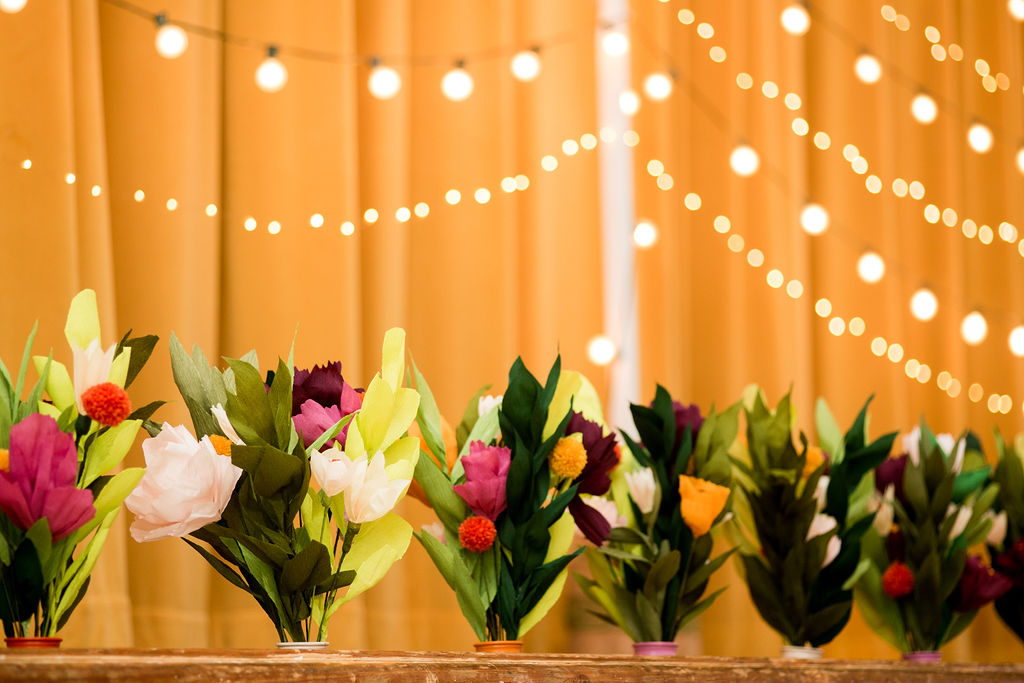
Really, it will all be fine! Photo by Beth Weiler Photography.
Here are some thoughts for those of you who are just starting to plan your wedding (and even for those who are well on their way). This is about one of the biggest pitfalls you may encounter as you plan, especially if you already have perfectionist tendencies. It’s about the wedding industry’s unreasonable love affair with the word “perfect.” This is my down-to-earth advice about the idea of a “perfect” wedding:
You don’t have to be perfect in order to get married. Especially if you’re a woman, remember that you don’t have to be perfect in order to Be A Bride. (The wedding industry really goes after women on the perfectionism thing.) If you’re a man or non-binary, you don’t have to be perfect, either. You just have to be yourself.
You don’t have to try to be someone else in order to get married, either. Your spouse-to-be wants to marry your authentic self. Your friends and family will be there because they love you as you are. You can be any version of yourself you want, but remember that you are good enough to get married.
Your wedding will be perfect in its own way, even if it is not exactly what you had envisioned. Chances are, it will be better than you thought possible (assuming you have planned halfway well), especially if you let things happen the way they happen and don’t try to control everything.
I want you to know that all this advice is coming from someone who truly understands perfectionism and control issues. I know all about it, and much more. And I know that it is possible to let go, and that it can be a good idea to do so. (It also helps if you have a person you trust running things so you can let go.)
Think about it this way: If you are going to stay married to the same person for the long haul, you are going to learn that there are things you just can’t control. (Trust me on this one!) Start practicing now to let go of the little things as you plan your wedding.
Plan well and think things through. Hire people you can trust to make things go smoothly. Have back-up plans in place. Then, hand it all over to the person who is coordinating the day for you, and let it go. As long as you end up married to the right person at the end of the day, it will be a smashing success!
Dec 30, 2019 | Uncategorized
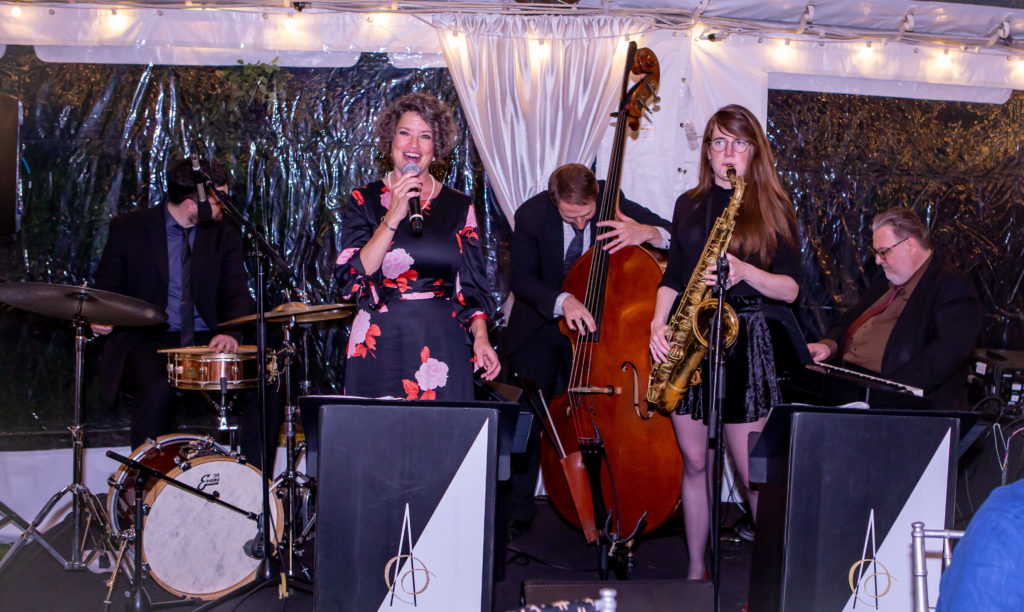
Celebrate! Photo by Maia Rosenfeld Photography
It’s almost a new year. Here’s hoping your 2020 is full of music, dancing, celebrations, and fun. I hope you’re planning some fun parties or some kind of celebrations. I know I have a few exciting weddings to look forward to this year. And if you just got engaged, congratulations! Take a deep breath, and then get to the planning. If you need help, you know where to find me!
Dec 23, 2019 | About me

Winter musings.
It has been a terrific year of weddings and events here. Looking back on it, all I can say is that I’m very grateful.
First, I’m grateful to my amazing, awesome clients. Thank you for allowing me to share your wedding day with you. It has been my privilege to work with you, your families and friends, and everyone else who supported you on your day. You’re all the best!
I’m no less grateful to all of the talented, hard-working, and fun wedding vendors I’ve been able to work with this year. And I don’t just mean the business owner or the person they sent to the wedding. I’m also thinking of the venue maintenance people, security guards, drivers, bartenders, servers, sound engineers, kitchen workers, tent installers, and the delivery, bus, and limo drivers. I couldn’t do my job without all of these people, as well as the venue managers, rental specialists, chefs, banquet captains, officiants, church wedding coordinators, DJs, musicians, photographers, videographers, florists, decorators, bakers, hair stylists, and make-up artists. I may be the person holding it all together, but there would be nothing to hold together if it weren’t for all of you!
I’m looking forward to another great year in 2020. I have some really interesting events lined up already, and I’m sure there will be even more. If you’re thinking about hiring me, yes, I do still have some dates available. Let me know how I can help.
Dec 16, 2019 | wedding planning
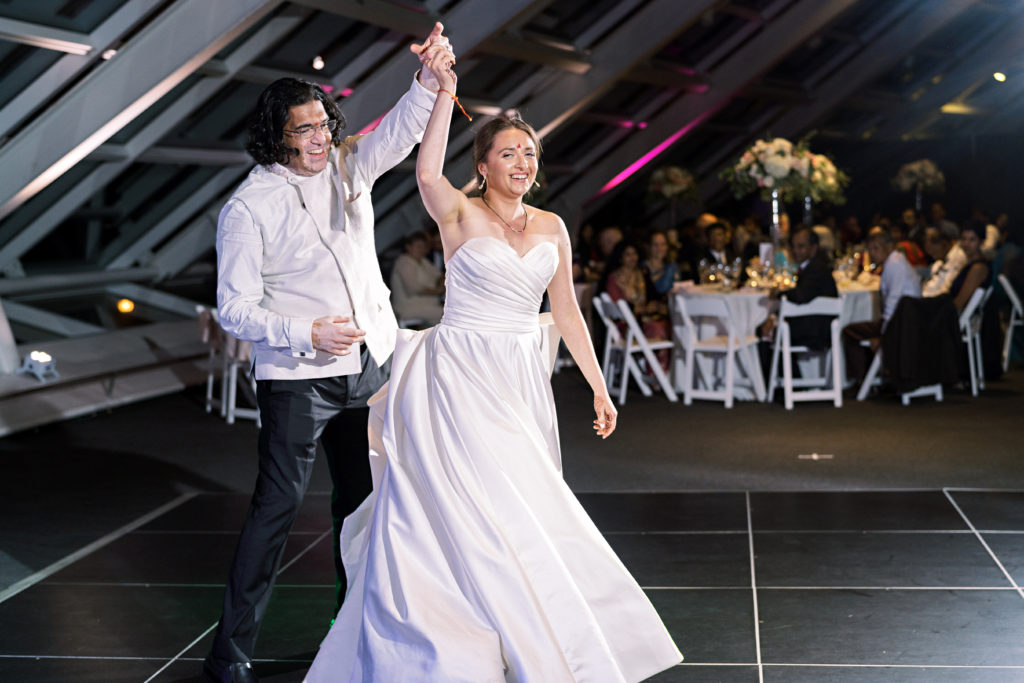
Enthusiastic dancers doing their First Dance. Photo by Ryan Timm Photography.
There are a lot of wedding traditions of uncertain origin and venerability. Chief among these is the wedding couple’s First Dance. Most of the internet seems to think that this tradition is a descendant of the days when the guest of honor at a ball would open the dance floor by doing the first dance. (There are contrary opinions, as well, though.) A more important question, though, is this: If you’re getting married, should you do a First Dance with your new spouse?
While the answer to this question is always going to be a personal one, here are a few things to consider:
First, do you and your future spouse like to dance? Have you been dancing together already? If your answer to both of these questions is a resounding, “No!” then I’m here to remind you that wedding traditions are always optional, and you’ll still be legally married if you don’t do a First Dance. And your family’s Keeper of the Traditions will get over it.
But let’s say you do like to dance together. Here’s a second question for you: Are you both comfortable dancing with each other in front of 50-200 of your closest friends and relatives for 2 or 3 minutes? If yes, then maybe you’d love to include this tradition in your wedding reception. If not, there are other options. One thing I’ve seen pretty frequently at weddings where the couple aren’t big dancers is the DJ inviting the wedding party onto the dance floor after about a minute of the First Dance. That’s one way to keep the tradition, but also keep it from being uncomfortable.
Sometimes one half of the couple is an enthusiastic and skilled dancer and the other half is less so. Or one person feels strongly about the tradition and the other one isn’t comfortable dancing in the spotlight. If this sounds like you, then remember that this question can be a testing ground for developing negotiation and compromise skills between the two of you. What can you do that will make both of you happy? There are lots of different ways to answer that question.
One option that can help is dance lessons. Having a few dance steps you both share can make all the difference. In one couple I worked with, the bride was a dance teacher and a very talented dancer. The groom was not a professional dancer. The bride created a dance routine for their first dance that required no special skills from the groom but also allowed her to dance with him in a way that suited her personal style. It was a really beautiful way to satisfy both of them.
And, of course, if dancing is part of your life as individuals and as a couple, you don’t need my permission to have a fabulous first dance. I know you know what to do! Happy dancing, everyone.
Nov 26, 2019 | Weddings
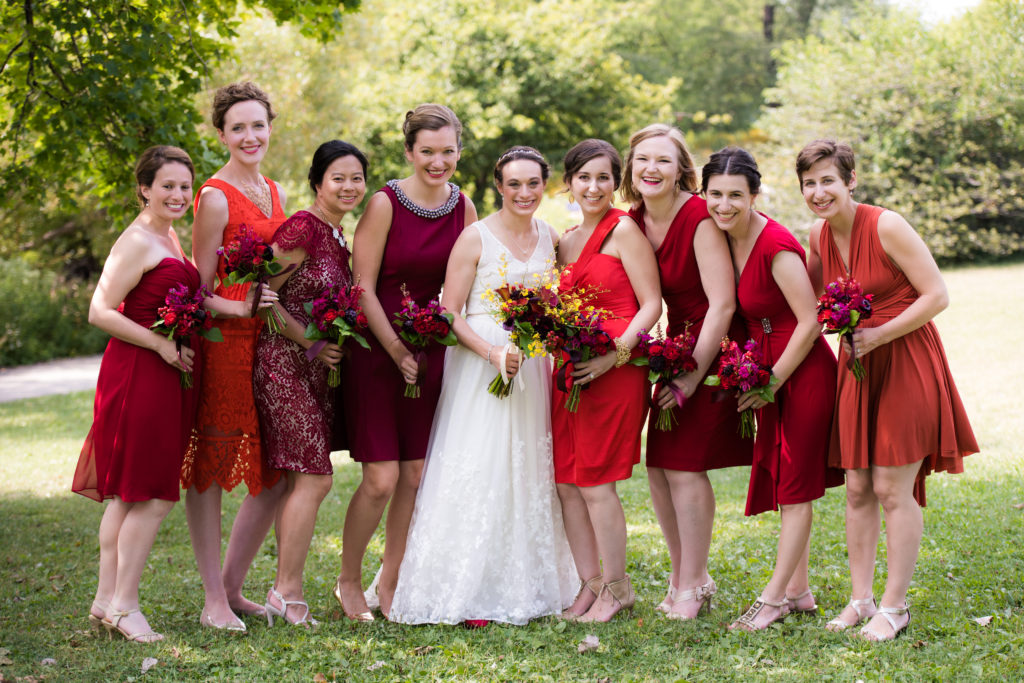
Who wouldn’t want to post this wonderful photo on social media?
Photo by Gold Grid Studios
Among my clients, the one thing everyone wants is a good photographer. (Fortunately, I know many wonderful photographers!) Because I’m not a big photography person, myself, this has gotten me thinking about how wedding photography has evolved over time–and why it has done so.
A few years ago, I saw my parents’ wedding photos for the first time. They got married in the 1950s. Think about it: I had never seen those pictures growing up and only saw them when I was an adult, and then it was almost by accident. There were a few dozen (because film was in rolls of 12) small black-and-white photos. By today’s standards, they really weren’t very good! The only wedding photo I had ever seen before of my parents’ was the one taken of my mother in her wedding dress in a photographer’s studio. As I recall, that was the picture that was used with the engagement announcement in her hometown paper. I had heard lots of stories about the wedding, but really had no visuals.
I have exactly one photograph from either of my grandparents’ weddings in the early 20th century. There’s a wonderful 8×10 black-and-white photo of my grandmother in her wedding gown and full-length veil flanked by her two bridesmaids (her sister and future sister-in-law). This was also pretty clearly a staged photo taken before the wedding.
Fast forward to my own wedding about 15 years ago. Maybe it’s because my parents’ photos (or lack thereof) had set up this expectation for me, we didn’t have a wedding photographer. (Remember, I hadn’t even seen my parents’ wedding photos then.) We had a couple of guests who were excellent amateur or semi-professional photographers who were happy to take a lot of photos for us, and we got some nice shots. They gave them to us as prints, negatives, and/or slides. We got maybe 150 photos total. I made a little album and I haven’t looked at it in a decade.
When I got married, digital cameras were pretty new, and most people still had film cameras. In the ensuing years, 95% of photography has gone digital. And what this has done is made it possible to have 1,000 or more photos from every wedding. Digital photos also mean that people are much more used to both being photographed and seeing themselves in the photo immediately. The result is that people in general are much more practiced at being photographed. And they seem to like it more, too. So, wedding photography has exploded, and getting good photos is one of the goals of a good wedding.
And then there’s social media. Having the ability to share your photos immediately with your friends or your world makes having them ever so much more valuable. And weddings–well, what could be more beautiful, exciting, or Instagramable than your wedding?
The other thing that has happened due to this change in photography is the increased demand for professional hair and make-up services. After all, if you’re going to be photographed all day for public consumption, a lot of people want to put their best face on. I’m pretty sure my mother and grandmother did their own make-up before their weddings. Today, that’s almost never even considered.
So, in my lifetime, wedding photography has gone from being a sort of a nice luxury that resulted in a small handful of photos to an absolute necessity so that the people getting married can have 1,000 gorgeous, artistic photos to splash all over the internet. I have to wonder what is next. Whatever it is, I know that wedding photographers are going to be right there in the middle of it.
Nov 11, 2019 | wedding planning
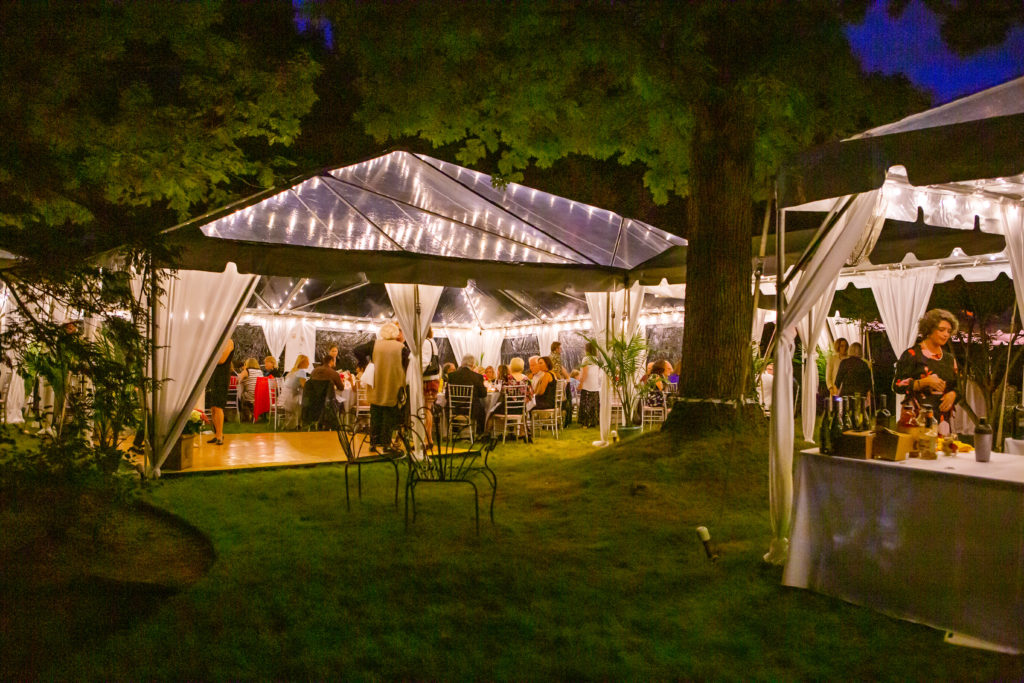
Photo by Maia Rosenfeld Photography.
Here’s something I’ve been ruminating about for rather a long time: What, exactly, is “day-of coordinating”? For some context, there are a lot of discussions in planner circles about what it is, what it isn’t, and whether or not it even exists. Let me assure you that, no matter what some planners say, it really does exist and some of us are still doing it.
I completely understand the point of view of some planners when they say that it’s not a real thing. They are saying (if they will allow me to put words in their mouths) that no one ever walks into a wedding to coordinate it without putting in a certain amount of planning time in advance. Or, maybe, some people do do that, but I can’t imagine that it ever turns out very well. The reality is that if I’m coordinating a wedding, I am doing a certain amount of the actual planning.
For the last several years, I’ve noticed that a lot of planners like to call it “month-of coordinating.” This is a nod to the fact that the coordinator is probably going to be involved in the wedding for the last four to six weeks before the wedding day (even though the actual coordinating is really only on the day! But I digress.)
And what happens in those few weeks? What does the coordinator actually do? Well, let’s say you’re planning a wedding and you have found all your own vendors (yay!) and figured out all your own decor (good job!) and you even have an idea of what the timeline of the day is (you’re ahead of the pack!)
Then you hire me to coordinate. The first thing I have to do is get all that information about your plans from you. You send me your vendor contracts, your lists of decor items, and probably a lot of other things. We also do a walk-through at your venue with your caterer, where I ask a lot of questions and listen to everything being said to get the full picture of your plans. On the outside, it may not look like I’m doing much, but in my head, I’m constructing a full picture of your wedding day and of every single thing that has to happen. I’m writing down the timeline details, and I am looking for places where problems might occur.
And that is just the beginning. After that, I talk to each and every one of your vendors to make sure that we all have the same understanding and to see what they need in order to do their jobs. Make-up artists need chairs and tables; musicians and DJs need electricity and protection from the weather; bakeries need refrigerator space; and so on. These are things that don’t sound like much, but they make a surprisingly large difference in how smoothly your wedding day goes. Other vendors also notice where there may be problems that affect their work, and we often spend some time figuring out how to prevent those problems.
So, is that just coordinating? No, it is actually planning your wedding. In fact, it’s by far the most complex part of planning your wedding. Finding vendors is easier (if much more time-consuming). Planning decor is easier. Even budgeting is easier. These nuts-and-bolts logistics are the hardest part of planning. And they are what I do when I am “just coordinating” your wedding.
So, why do I do it? Because putting together all the pieces of your vision and making it come to life are my very, very favorite parts of this job. Turning your dream into reality is a thrill that is unlike any other. I keep doing Day-of Coordinating, with all it entails–because I like it and because I know that I am helping you do something that would be much harder otherwise.
So, no matter what you hear from other planners, there is such a thing as day-of coordinating, and it’s an important service for everyone who is planning a wedding.
Sep 30, 2019 | wedding planning
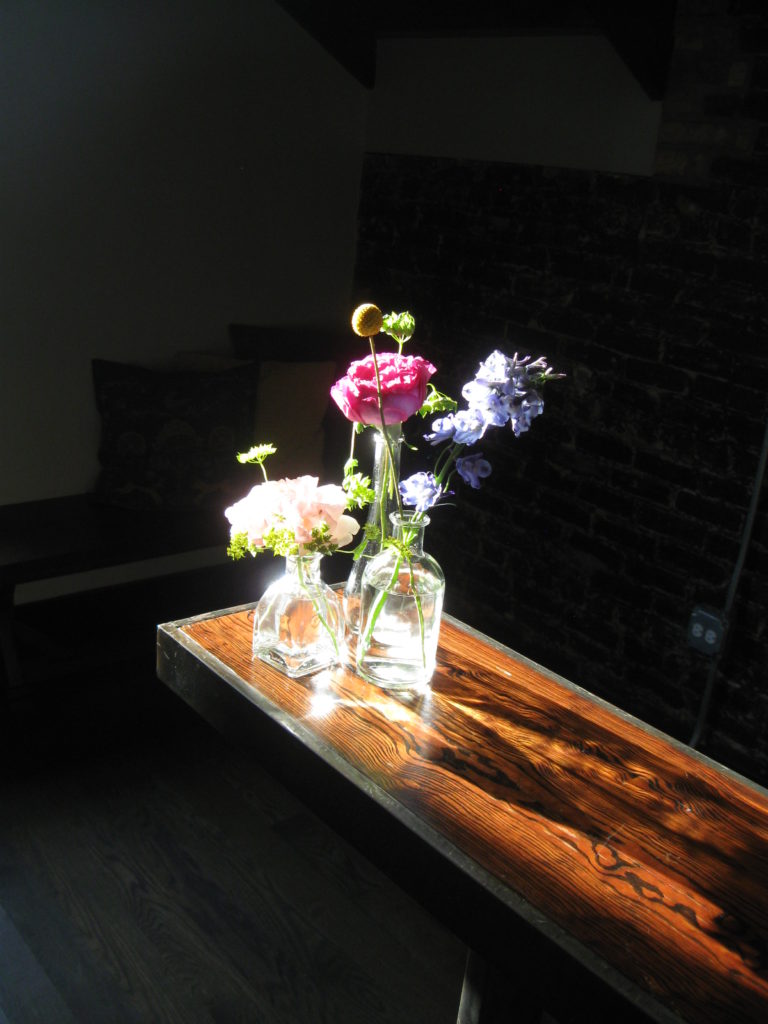
Who decides on the wedding’s color scheme? You do!!
As much as I’d like to be the superhero who can do every little thing to plan your wedding, realistically there are some very important things that I really can’t do for you. While I can help you hire vendors (make suggestions, visit them with you, discuss pros and cons, etc.) and I can pull all the details together to make sure your event runs smoothly–and I can do a lot of other things, too–there is a list of things you’re still going to have to do in the planning process. Here are a few of the things that come to mind.
The best person to figure out who should sit at each table is you and your spouse-to-be. You know your friends and family, and you can figure out who should be sitting where. Once you have made that list, I can do a lot with it. I usually take the alphabetical list and make a list by table (or reverse the process, depending on what you’ve given me). I like to have both sets of information handy on your wedding day.
Another thing only you can do is choose the music for your wedding day. Whether you are having a DJ, a band, or a Spotify account play your music for both the ceremony and the reception, you know best what your musical taste is and what you want to listen to. I can always give an opinion if I’m asked, but musical taste is very personal.
Similarly, you’re the best choice for deciding what formal photos you want (if any). I can tell you what people often do, but that’s a decision only you can make.
Photographers and DJs often have online forms to fill out that include a great many questions about your personal taste and preferences. It takes a good bit of time of fill them all out, and it’s somehow never at a convenient time, but giving them good information in plenty of time makes their jobs easier. They want to do what you want them to, so you have to tell them what you want. Your planner doesn’t know all of that!
This may be obvious, but you’re the person who signs the contracts with other vendors and pays them. I can help you keep track of which contracts you have signed and when payments are due, but these are things you take care of.
And, finally, one thing I really don’t do is made decisions about what happens during a wedding ceremony. I have opinions about just about everything else that happens on a wedding day, but your officiant is the person who knows best about what kind of wedding ceremony you will have.
Planning a wedding is a long series of small tasks. Your planner can do a lot of them (and probably more than you’ll ever know about), but if you are just getting started on your planning, remember that even if you are working with a planner, you’ll still have a lot of things to take care of. As always, if you need help, just ask. I’m always happy to help, even with the things I can’t do for you.
Aug 27, 2019 | wedding planning
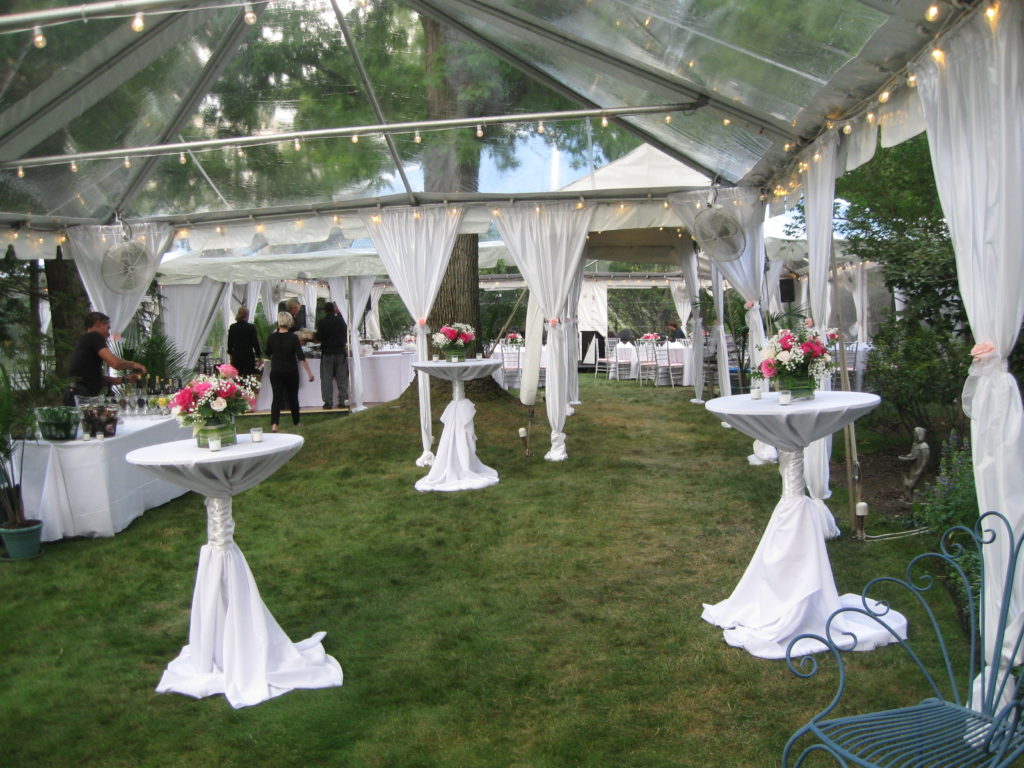
This is what I would call a nice tent!
Well, it happened again: I am back from spending a lot of time helping my clients. But every time I take a deep dive into a job like that, I learn or remember something of importance. This time, I was helping clients with their big, tented backyard wedding reception, so I did some serious thinking about that process.
My clients were a suburban couple with a large yard that had just enough room to hold a tent where they could entertain about 130 people. It was a big tent–or, really, one very large tent and a series of smaller tents to fit the shape of the space. I helped them find a really good tent and rental company, which was also able to provide lighting, fans, tables and chairs, a generator, and draping for the legs of the tents. It looked stellar (see the photo above!)
These clients didn’t want to talk budget with me too much, so I don’t know if their choice to have the party at home was motivated by financial concerns, but I do know that a lot of people consider having a tented party at home because they think that they will have more control over the costs than if they rented a venue.
What I’m here to do today is debunk that idea completely. If you are looking for an affordable venue, you are much better off renting an all-inclusive hall (that will provide tables, chairs, and dishes) than setting up a tent in your backyard. Here’s why:
When you use your yard as your party venue, you basically have to import an entire infrastructure to support your event. You’re putting up the hall (the tent); providing electricity (probably a generator unless your house has a lot of excess electrical capacity (most don’t)); decorating (okay, so you might do this, anyhow, depending on the hall); providing restrooms (unless, again, you have a lot of those in the house); renting all the furniture; and possibly also providing garbage disposal. With the possible exception of decoration and, sometimes, furniture, those are all things that are provided gratis by pretty much any event venue. You also have to think about parking, which is often also part of the package when you rent.
Not only are all those things a lot of work, but they also can cost a substantial amount of money. The smallest high-quality generator I could find for an event was over $2,000. If you add the price of an onsite technician (which I highly recommend), you’re at close to $3,000. And that’s just for the electricity, alone!
By comparison, there are very nice venues that rent for a six-hour event on a Saturday for just barely more than what you’d pay for a generator alone. The one I’m thinking of includes in their rental price: all tables and chairs, including highboys and cabaret tables; all dishes and silverware; a commercial kitchen; newly renovated restrooms; a stage; portable bars; wi-fi; parking; and air conditioning. For very modest fees, you can also add: a sound system, a projection screen, a baby grand piano, and a fire in their wood-burning fireplace. If you add it all up, in this scenario, renting the hall would be exponentially less expensive.
I’m not saying there aren’t good reasons to have a tented backyard party. Sometimes, that’s the thing you want for whatever reason, and I’ll always be happy to help you arrange for whatever you need to make it happen. Just don’t go into it thinking that it’s the least expensive way to have your party.
Jul 29, 2019 | wedding planning
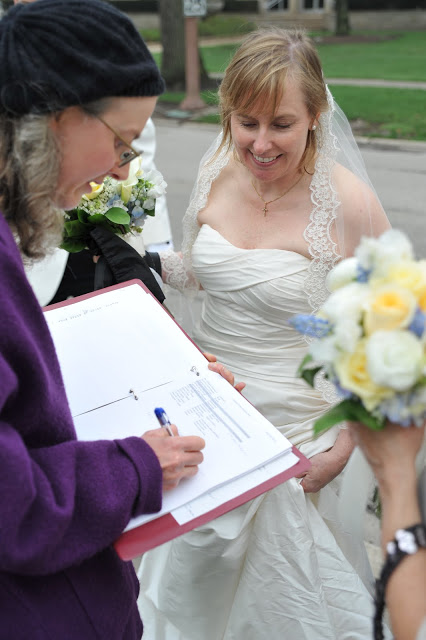
Here I am checking things off the list I made at the walk-through.
Whether I am doing full planning for my clients or coordinating the wedding, I always do a walk-through at the venue with them. Lately, I’ve been getting more questions about the walk-through, so let me (ha!) walk you through the process.
Ideally, I like to have the couple, the caterer, and a representative from the venue all there at the same time. I prefer not to have anyone else there. Sometimes the couple will invite family members, members of the wedding party, the officiant, the DJ, the photographer, the florist, etc. But I’ve noticed that the more people you have in the room, the longer it takes. Yes, it’s great to have a meeting of the minds in person, and it’s one way to solve problems in advance. But I can also accomplish the exact same end via email and phone once we’ve walked through the venue.
There are always certain decisions that need to be made at a walk-through: Where do you want the ceremony set up? Where and when do you want certain things to happen (toasts, cake cutting, dances)? What are we going to do in case of bad weather? Usually, the caterer has a long list of questions they need answered, and the venue has a shorter list. I have all the same questions, so we go through the day step by step to ensure that everyone understands what is planned.
Out of this, I make a master schedule for the entire day, and someone (venue, caterer, or me) makes the ground plan and furniture layout. (It all depends on the situation who does it, but it doesn’t matter as long as it gets done!) I also make a list of the tasks I am responsible for on the wedding day, and a list of items I’ll need to keep track of. I also usually end up with a list of questions for other vendors that I spend the next week or so getting answered.
In all of this, my function is to consolidate and organize and transmit the information to everyone who needs it. I’m the central clearinghouse for everything. And that’s why I always say, “Tell your planner everything you want and everything you are thinking.” That way, I can make sure that things happen just the way you are imagining they will go.
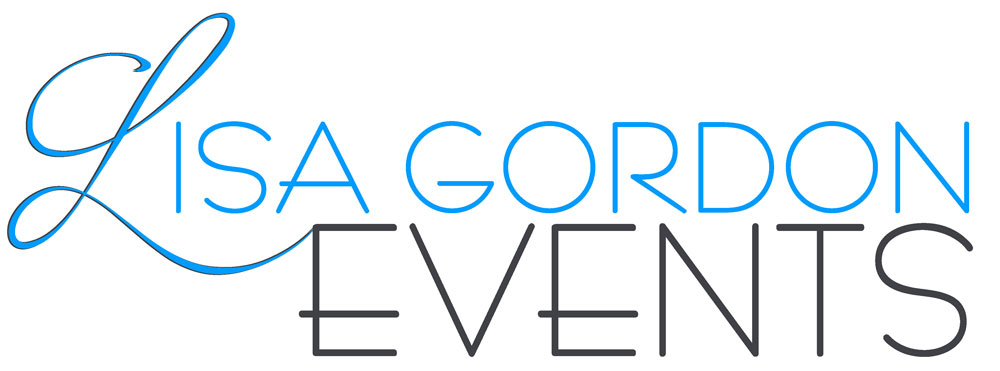










Recent Comments